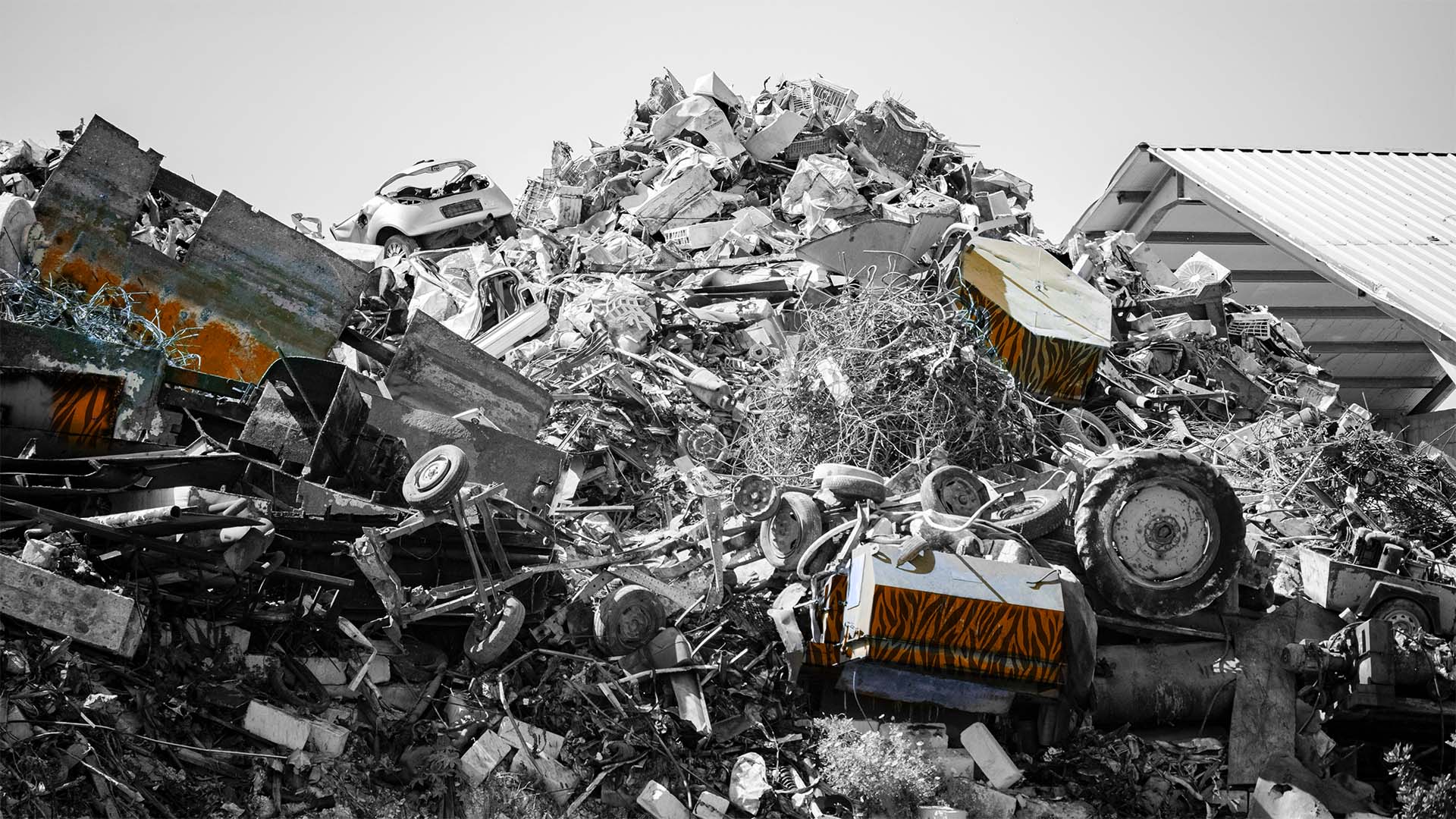Put simply, it is a collaboration between companies and consumers to drive essential greater sustainable impact.
The phrase “Vote with your dollar” encourages consumers to support their beliefs with their purchases. However, the extent of consumer power and responsibility to consume conscientiously, as well as the role of companies in supporting these efforts, can be unclear.
Consumers often receive conflicting messages about the magnitude of their impact. While consumer spending drives a country’s economy, the individual impact of purchasing decisions on economic, social, and environmental outcomes is usually minimal.
The absence of clear guidelines can discourage individuals from taking positive action, especially when coupled with inadequate measurement and transparency.
According to Andrew Kahan, who manages community engagement at B Lab, a non-profit that establishes certification standards for responsible business practices, this can be overwhelming for consumers, who may not know where to begin and end up doing nothing.
The trend of conscious consumerism continues to grow as individuals strive to make responsible choices, though the definition of such behaviour may vary.
This is evident from the following noteworthy statistics:
- Between 2016 and 2021, there was a 71% increase in Google searches for sustainable products, according to WWF.
- Research by NBS indicates that consumers are willing to pay an average premium of 10% for socially responsible products.
- In response to the COVID-19 pandemic, 57% of McKinsey survey participants have already made lifestyle changes aimed at reducing their environmental impact.
What is conscious consumerism?
Conscious consumerism refers to a range of related terms, such as “socially conscious,” “green,” or “ethical” consumerism. According to Remi Trudel, a marketing professor at Boston University, these terms reflect decisions made with the aim of either benefiting or reducing the impact on the environment or society.
Trudel notes that every purchasing decision, including how much to buy, consume, and dispose of, has a direct impact on the environment and society. Consumerism extends beyond the act of buying and includes lifestyle choices such as maintaining a low thermostat and choosing to walk instead of drive.
What drives conscious consumer behaviour?
Tatiana Schlossberg, climate journalist and author of Inconspicuous Consumption, notes that with the pandemic, climate change, and humanitarian disasters, it’s easy to feel disconnected. However, one way individuals can feel like they have an immediate impact is through the things they buy. Choosing which brand of product to purchase is more feasible for consumers than single-handedly changing a company’s operations or pushing legislation through the government. By voting with their dollars, consumers can reclaim some power.
Conscious consumption not only makes consumers feel good, but it also has an impact on businesses. As more people make ethical purchasing decisions, companies shift the way they operate. For instance, WWF has reported a 45 percent increase since 2016 in food, cosmetic, and natural pharmaceutical companies committed to protecting biodiversity in their sourcing practices. The journey toward ethical consumption practices is a joint effort between consumers and companies reinforcing positive behaviours. While responsible practices at the business level make conscious consumerism easier, the adoption of standards depends on consumer demand.
How far can conscious consumerism take us?
While experts acknowledge that consumers have some power in driving sustainability change, they also agree that they cannot bear the entire burden. Tatiana Schlossberg argues that there has been too much responsibility placed on the consumer and that companies should take action to address environmental and social standards. She suggests that if most products were made with baseline sustainability standards, consumers would not have to make the choice. Remi Trudel, another researcher, agrees and emphasizes the need for firms and governments to make changes that do not rely solely on consumers.
Currently, even the most well-intentioned consumer faces challenges in making sustainable choices due to systemic barriers. For instance, products are often not designed to last, and recycling can be confusing and inaccessible. It is important to explore how businesses can support conscious consumers and how individuals can align their actions with their values.
3 ways businesses can support conscious consumerism
The University of British Columbia’s researchers have developed the “SHIFT” model to assist consumers in making sustainable choices, which leverages human traits frequently employed in marketing [1]. Below are some of the proposed techniques. Leverage Social Influence: People are inclined to behave in ways that align with social norms. Consequently, if individuals believe that others are purchasing environmentally friendly items, they are more likely to do the same. Firms can promote this kind of data in advertisements, such as emphasizing a product’s popularity or even its “coolness” factor.
Enable Sustainable Habits: Individuals tend to follow easy and habitual behaviors. To promote sustainable habits, companies can make it easy for consumers by selling products in recycled containers and establishing new habits through incentives like household efficiency audits by energy companies.
Promote Positive Self-image: People want to view themselves positively. Companies can help consumers achieve this by presenting information in a positive light and emphasizing concrete impacts to encourage positive actions for the betterment of the world.
How can individuals practice conscious consumerism?
It’s important to note that conscious consumerism isn’t just one straightforward path, and there are multiple ways to approach it. However, one of the challenges that consumers face is the lack of transparency in understanding the impacts of a company’s practices. As Schlossberg explains, consumers often don’t have access to all the information needed to make the perfect choice, if such a thing exists. Therefore, it’s recommended that consumers focus on one or a few things that they care about and base their decisions on that, in order to avoid becoming overwhelmed.
By researching the source of our food, reviewing our investments, or re-evaluating our energy sources, we can start small and make conscious decisions more manageable. Third-party certifications can also aid in cutting through the clutter of marketing. According to Kahan, greenwashing can be avoided through the use of third-party verification, which is one of the best, most effective, and efficient methods.
In essence, it’s simpler to comprehend a few standards instead of an entire spectrum of companies and products. Third-party certifications can be applied at various levels, from overarching company certifications like B Corp to individual product certifications. Certifications for individual products include Fairtrade (for ethically produced goods), the Leaping Bunny Program (for animal cruelty-free products), and FSC (to guarantee responsibly managed forests).
The challenge for consumers, however, is to know how to navigate these standards. The encouraging news is that creating standards is a difficult and time-consuming process, according to Kahan. “Some standards may not stand the test of time or may have flaws,” he says. The longevity of certain certifications may indicate that they have been rigorously tested over time to ensure their authenticity and integrity.
Regular updates to standards are essential to ensure that they remain relevant and effective in meeting consumer expectations and values. B Lab, for instance, plans to incorporate diversity, equity, and inclusion in the next iteration of its standards based on feedback from participants, recognising the need to address emerging issues and changing consumer attitudes.
Consumers and companies are on a journey together
Certifications can serve as a valuable tool to enhance transparency and equip consumers to make informed choices. Kahan believes that the B Corp certification is a useful starting point for many consumers. For businesses that pursue and attain this certification, it should be a beginning step towards accountability for their impact journey. As consumer demand for sustainability and ethical consumption grows, companies must embrace their responsibility as agents of change. Kahan emphasizes the need for a collective effort that goes beyond the environmental footprint and aims to foster industry-wide transformation and collaboration.
Marketers have the potential to lead the way in promoting sustainable behaviour. According to a recent review by Trudel, marketers have traditionally used various tactics to encourage consumers to purchase and consume more. However, the same techniques can be leveraged to encourage sustainable choices. By designing products that facilitate sustainable behaviour and making it a habit, marketers can make a positive impact on the environment.
How is your business influencing sustainable behaviour?

